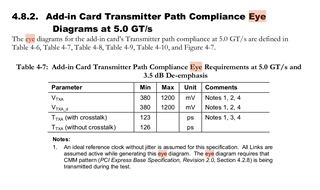Tool/software:
Hi
Our issue is not resolved yet. We did some more experiments regarding this and came up with few more information as below.
Previous Link : https://e2e.ti.com/support/processors-group/processors/f/processors-forum/1395724/am5706-pcie-endpoint-runtime-failure
1. In our system we have one Root Complex and 4 End Points . Out of them 2 End Points are TI AM5706 and other 2 End Points are 2 FPGAs. By doing regress test we observed that there is no link down in case of FPGAs so it concludes the Root Complex is fine with its functionality.
2. By analyzing the register dump we found out that the value of configuration register are getting to default so we are doubting the controller is getting reset which is leading the Link Down.
i) To debug this issue further we need to know if there is any reset sequence available for the PCIE controller ?
ii) Is there any methods to identify if the controller reset happened ? Any count register or something from which we can conclude that reset happened.
3. We conducted
Signal integrity waveforms for Tx and Rx
Clocking scheme and clock waveforms
Register details for Clock settings
All details are written in a excel file which I am attaching here.



